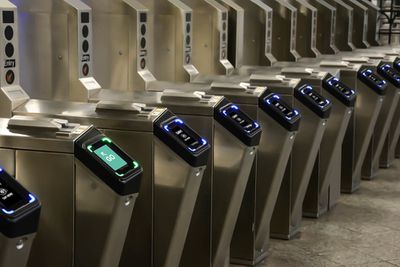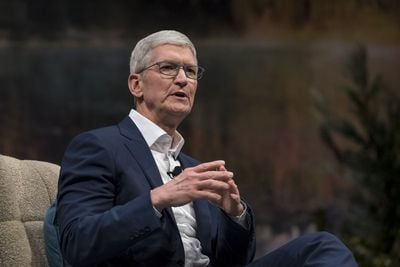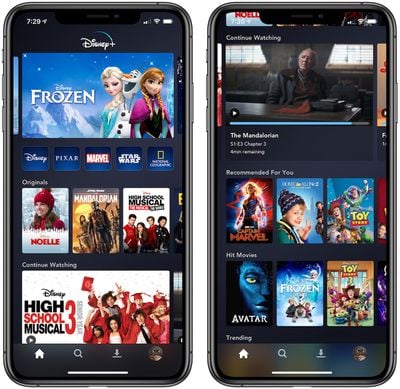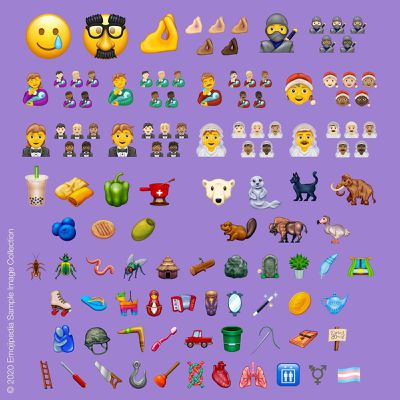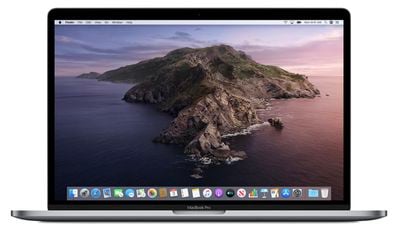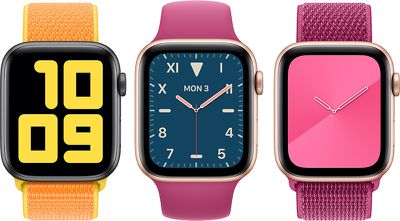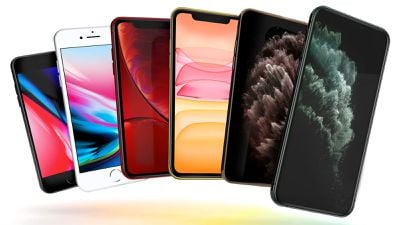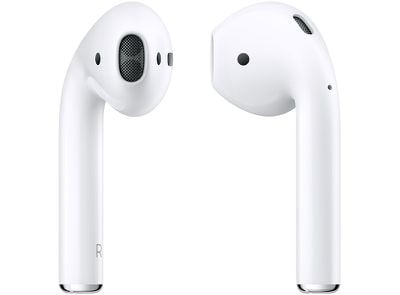With stay-at-home orders widely in place, Apple has made several of its original Apple TV+ series and movies free for anyone to watch for a limited time (via TVLine).

In the US and many other countries, the content listed below can be streamed for free online via Apple.co/FreeForEveryone or through the Apple TV app on iPhone, iPad, Apple TV, iPod touch, Mac, select Samsung and LG smart TVs, and Amazon Fire TV and Roku devices.
In other words, to view the content, you don't need an Apple subscription – the only requirement is that you sign in with an Apple ID.
- Dickinson
- Ghostwriter
- Helpsters
- For All Mankind
- Servant
- Snoopy in Space
- The Elephant Queen
The content represents about a third of Apple's TV+ offering, and excludes some of the service's premium shows like "The Morning Show," which remains behind Apple's streaming paywall.
Apple is also currently offering extended trials of several streaming services available within the Apple TV app under Apple TV Channels, including free access to EPIX for the next month.
Apple is still rolling out its "Free for Everyone" offering, so sit tight if you're not able to access it just yet. Meanwhile, if you're keen to check out the full raft of content, Apple still offers a free seven-day trial of Apple TV+, which converts into a $4.99 per month subscription or an annual $49.99 subscription if users continue with the service.


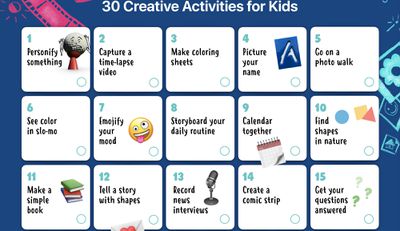
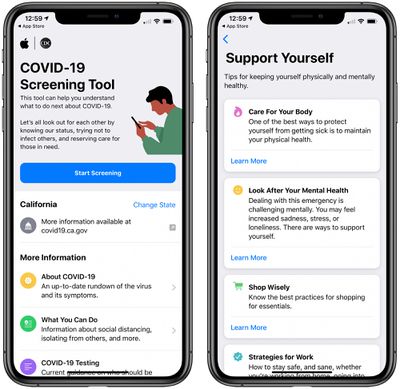
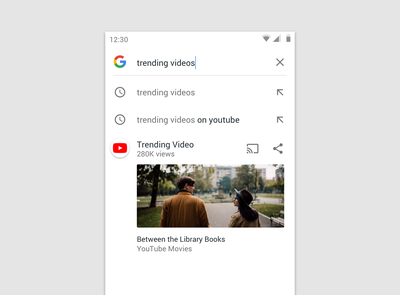
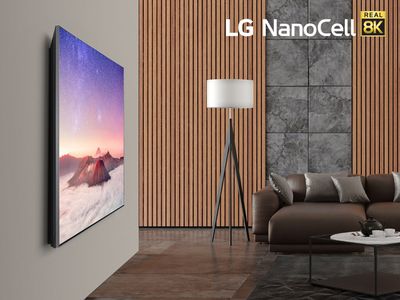
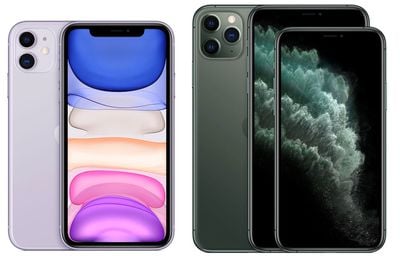 Note: MacRumors is an affiliate partner with Woot. When you click a link and make a purchase, we may receive a small payment, which helps us keep the site running.
Note: MacRumors is an affiliate partner with Woot. When you click a link and make a purchase, we may receive a small payment, which helps us keep the site running.
